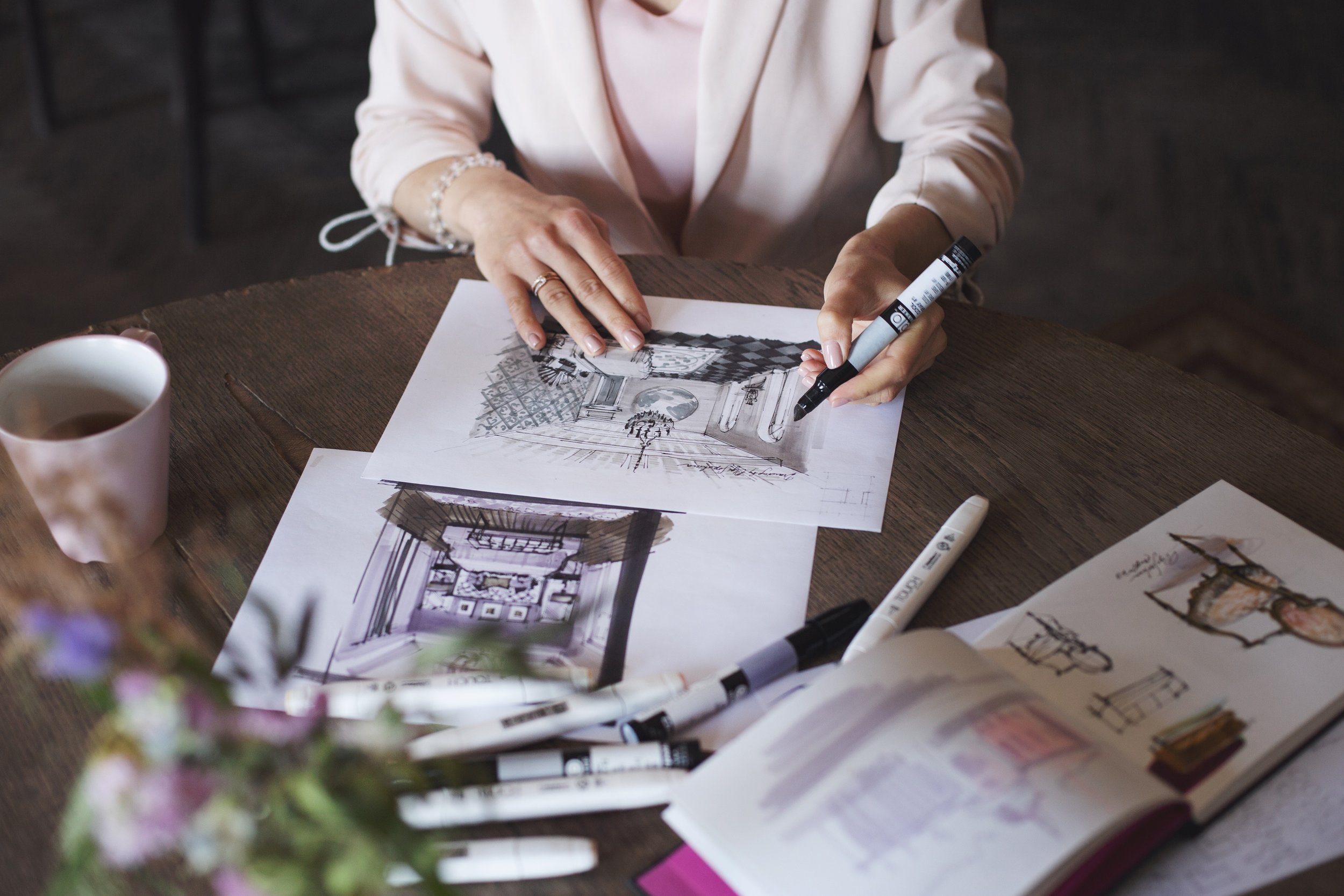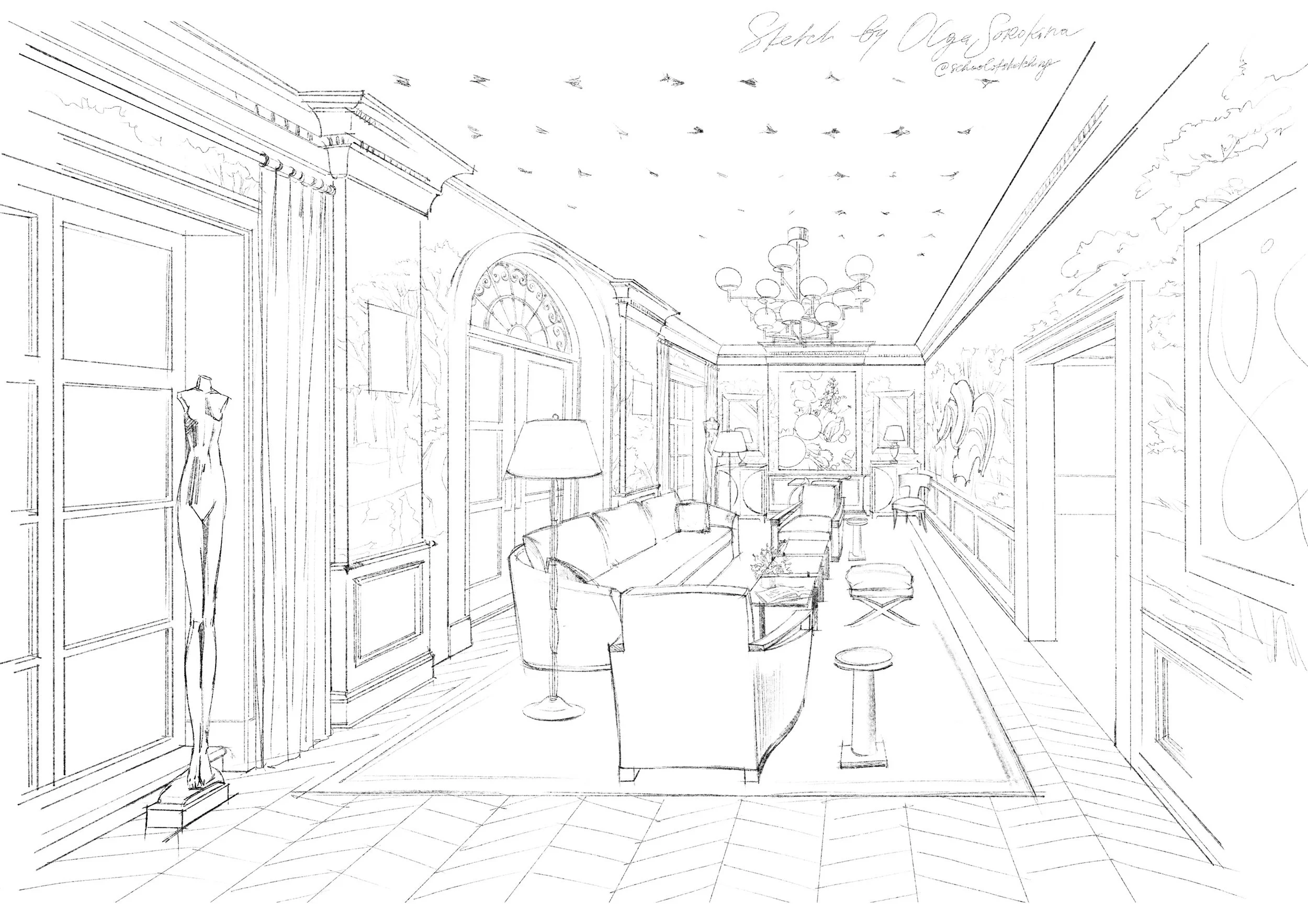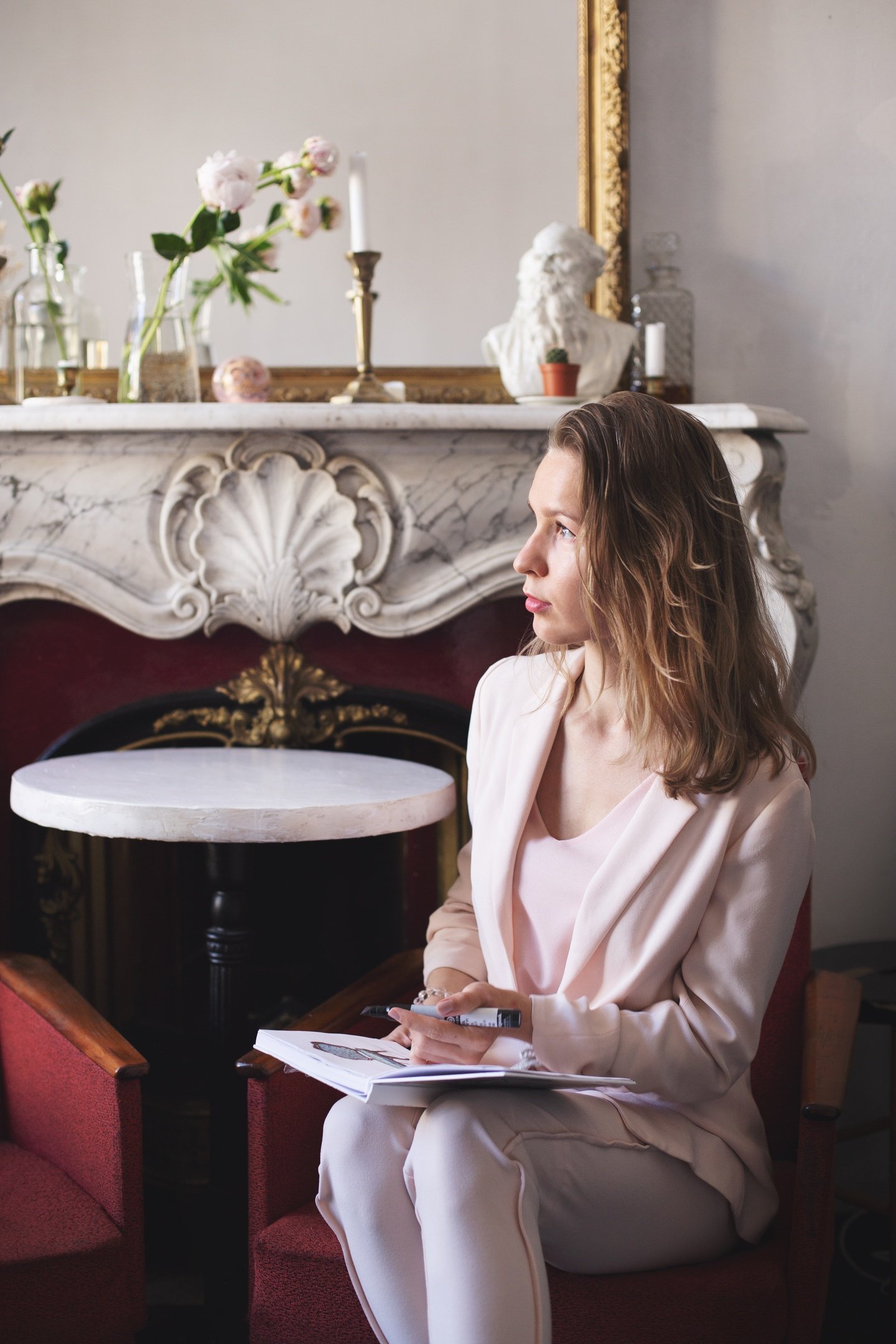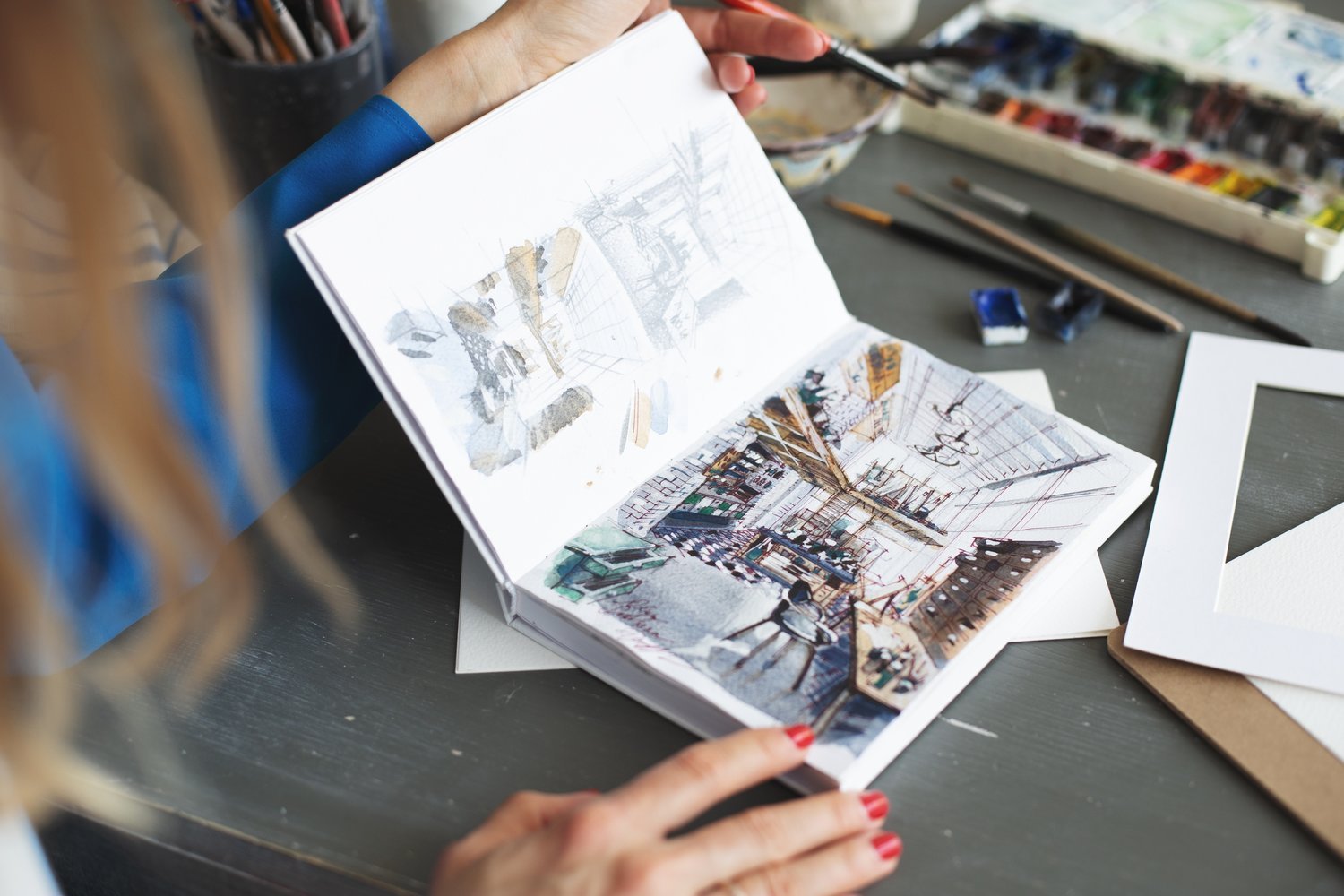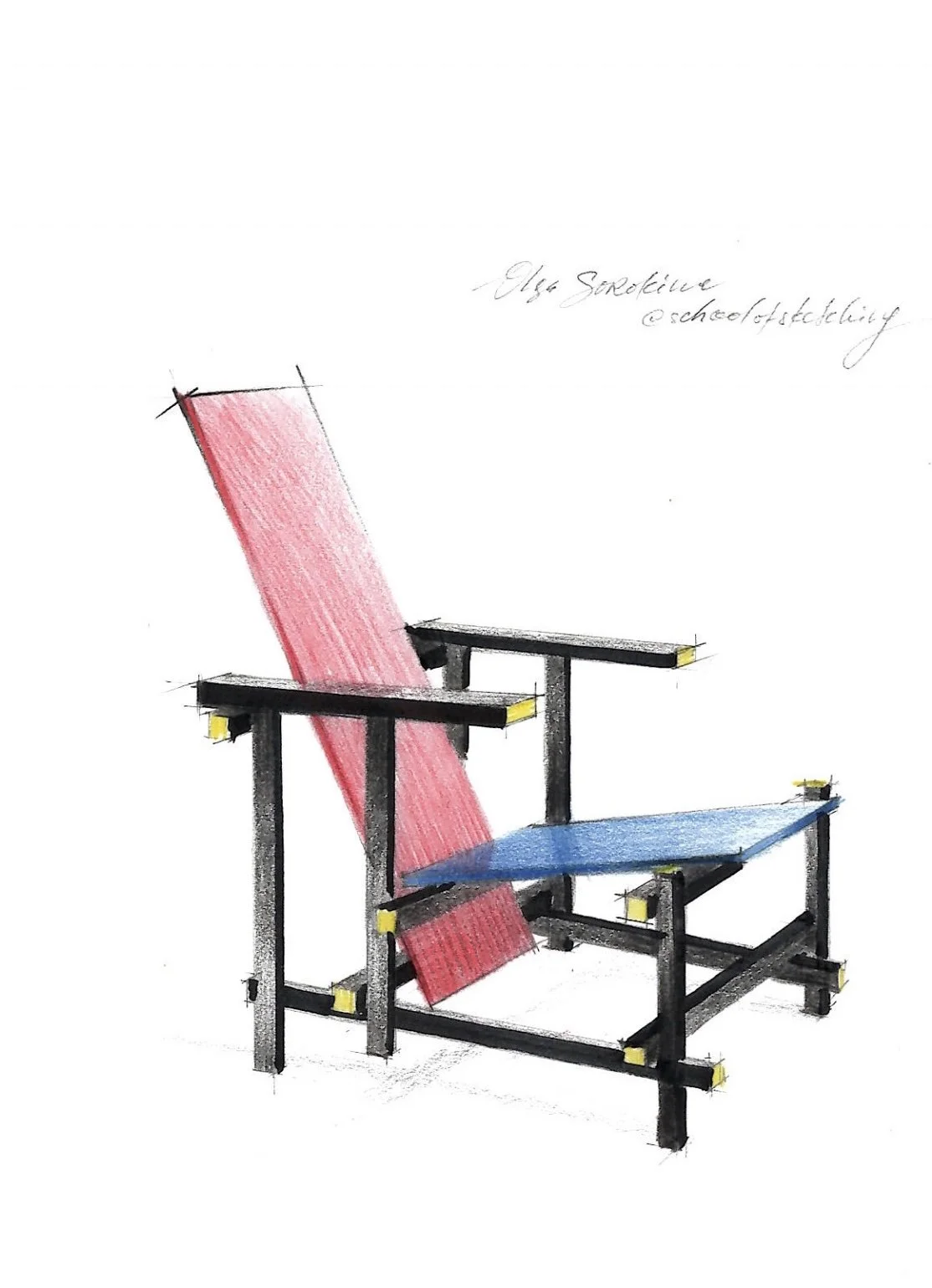In this article, I would like to share with you my story on how I came to interior design drawing and what is the main aim of this blog.
How I came to sketching?
In fact, I have never parted ways with it. Drawings, plain-airs, designs, sketches, outlines, drafts – all these have been my close companions all my life. Throughout my education first at the Arts School for Children “Alexandrino” (St Petersburg, Russia), followed by four years at the Arts and Aesthetics School on the Fontanka River and finally six years at the St Petersburg Stieglitz State Academy of Art and Design (Interior Architecture), I was always drawing, perfecting my technique, honing on my skills and hand confidence. I have been studying sketching all my life, and even now, I am continuing to refine my skills almost every day.
Russian Art Academies provide solid foundations, and exceptional old school education, particularly in academic drawing. In Russia, we are very proud of our cultural traditions and systematic in-depth, comprehensive approach to arts education.
“Russian Art Academies provide solid foundations, and exceptional old school education, particularly in academic drawing.”
Contemporary methods, marketing, and brand-building are what I call “complementary options”, something that a designer can learn on his own using the information on the Internet, books, or short courses.
Technology is developing at a very fast pace, new teaching methodologies continue surfacing, but always remember that no skyscraper can be built without proper foundations so the core skills must be solid and comprehensive.
What are the core skills? These are the necessary skills, the understanding of the essence of the subject, acquisition of the faculty of fast learning. For interior design, for instance, it is important to know the history of arts, design principles, ergonomics, materials science, colour theory, understanding of materials, perfect command of perspective and shadow projections, and drawing techniques. If it is fashion design, we need to know surface anatomy, materials, stylization techniques, sewing basics and pattern cutting, etc.
“For interior designers, it is important to know history of arts, design principles, ergonomics, materials science, colour theory, understanding of materials, perfect command of perspective and shadow projections, and drawing techniques.”
Interior sketching is one of the critical components of successful and productive design practice. Masterful command of perspective, rendering, and stylization are the three main skills that you will need to develop to be successful at it. The sketching practice boils down to a certain sum of knowledge and skills, which are essential to professionalism and expertise. Do not be put off if you have never held a pencil in your life. Sketching is a skill that is entirely possible to learn and improve upon. Always rememberer if there is a will — there is a way.
During my six years at the Stieglitz State Academy of Art and Design, majority of our time was spent on disciplines such as architectural drawing, perspective, academic drawing, designing, modeling (creating paper models of our design projects, “maquettes“), composition and colour series. As you can see, the program was very intensive. That is why the course takes six years to complete, the sixth year being allocated to work on a student's work diploma.
“Interior sketching is one of the key components of successful and productive design practice. Do not be put off if you have never held a pencil in your life. Sketching is a skill that is 100% learnable and teachable!”
In my online courses, I give you the absolute essence of the knowledge required to become a successful practitioner of interior sketching. I adore the aesthetics of freehand rendering. In my opinion, it is a much more natural, fluid, and more vivid way of visual expression of an idea compared to a static dead-looking 3D model that took a vast amount of your time and your nerves to produce.
All painters and designers are, in essence, visual artists, as we constantly work with images. That is why it is so essential for designers to have the ability to create the desired image on paper by hand in a fast and efficient way to demonstrate an idea simply and effectively. Nothing captures your client’s imagination than when you start drawing right before their eyes.
“Sketching is a natural, fluid, and more vivid way of visual expression of an idea compared to a static dead-looking 3D model.”
My story
I was in my third year at the Art Academy when computer programs invaded our academic life. As young creatives, we were all completely fascinated by 3D Max, Photoshop, AutoCAD, and it seemed impossible to ignore them when we were preparing our projects. We were given some basic instructions to use these software packages at the Academy, and then some of us kept studying these programs with the help of books and specialized courses. On the whole, a lot of time, effort, and money were spent to master this software.
Incidentally, many students were left dissatisfied when after having spent their money, they felt they did not acquire professional command of the software. It is hardly surprising. This software suits a particular mindset that is characteristic not so much of an artist, but of a technical professional, programmer. Have you noticed that most 3D Max professionals, visualizers, and CAD operators are chiefly men? Perhaps, it is because men are more technically minded.
“Have you noticed that most 3D Max professionals, visualizers, and CAD operators are chiefly men? Perhaps, it is because men are more technically minded.”
Over time, these programs started to supersede hand rendering. During my last year at the Academy, I was working on my diploma, and in parallel, I was freelancing as a designer for a prominent firm. I regret to admit that I found myself drawing less and less, increasingly becoming a manager of my project rather than a designer. I felt let down, and I was questioning if my chosen profession was no longer the right thing for me. Luckily I was well-trained, and I quickly rediscovered the link between my heart, my mind, and my hand; since then, I went on to uninstall all computer-assisted design software. Incidentally, most of my students come to me with this exact problem. Interestingly enough, 80% of my students are women. The fact that you are reading this blog probably indicates that you are at the same crossroads. I am delighted to say that there is a way out, so let’s get on and look at the profession of an interior designer.
At one point, I noticed that I had given up on drawing. One not so fine days, I realized that I was almost perpetually seated in front of my computer, embroiled in a battle with 3D and AutoCAD, that all the time I was googling some sanitaryware, analyzing business proposals and quotations and had completely given up on the creative side of things. It just hit me: “Did I spent six years at the best Russian Art Academy for nothing?! What was the point of it all? Was it even worth it? And what about my talent, my artistic flair?” I had a feeling I was betraying something fundamental within myself. And at that moment, I clearly saw that this was a problem that I had to address immediately.
“ It just hit me: “Did I spent six years at the best Russian Art Academy for nothing?! What was the point of it all? Was it even worth it? And what about my talent, my artistic flair?””
About the same time, I received a call from a friend of mine who asked me if I could give her a few interior drawing classes (Tanya, thank you!). That’s when it dawned on me that lots of designers felt the same way: a desperate lack of free-hand drawing skills which was a key creative component of their work that was missing. I realized that I was not the only one tormented by the problem of being constantly seated in front of a computer.
That was how my first interior sketching course “BASE“ came to life. Soon after, I started to give classes to individual designers from different cities and countries, offering them training on sketching and rendering. After that, I began to give drawing workshops to groups of students, and my online courses were accompanied by live seminars in Moscow and my home town St Petersburg. At the present moment, as I am writing my books, I want to systematize a plethora of information on interior sketching that I am going to distill down to the essential knowledge, to the gist of it all, and represent the material in a clear, understandable and exciting way.
“Lots of designers feel the same way: a desperate lack of free-hand drawing skills which is a key creative component of their work which is missing.”
Little summary
The main message of this article is this: “You Can Do Professional Drawing”! Sketching is a new skill that can be learned and mastered with frequent practice. It is no different from learning a new language or a dance.
You can excel at sketching even if you have never held a pencil in your hands!
This is because interior sketching is 50% mathematics and 50% learnable techniques. In my other article, we will look at various techniques used by some of the best sketching artists, discover what they are and why they are so effective.
My dear Creative, I hope my story inspires you, please tell me yours in the comments below (but first please save your text before posting).
P.S. Please share this article on your social media so more people can learn about sketching. Thanks in advance and good luck with your drawings!
© Olga Sorokina
